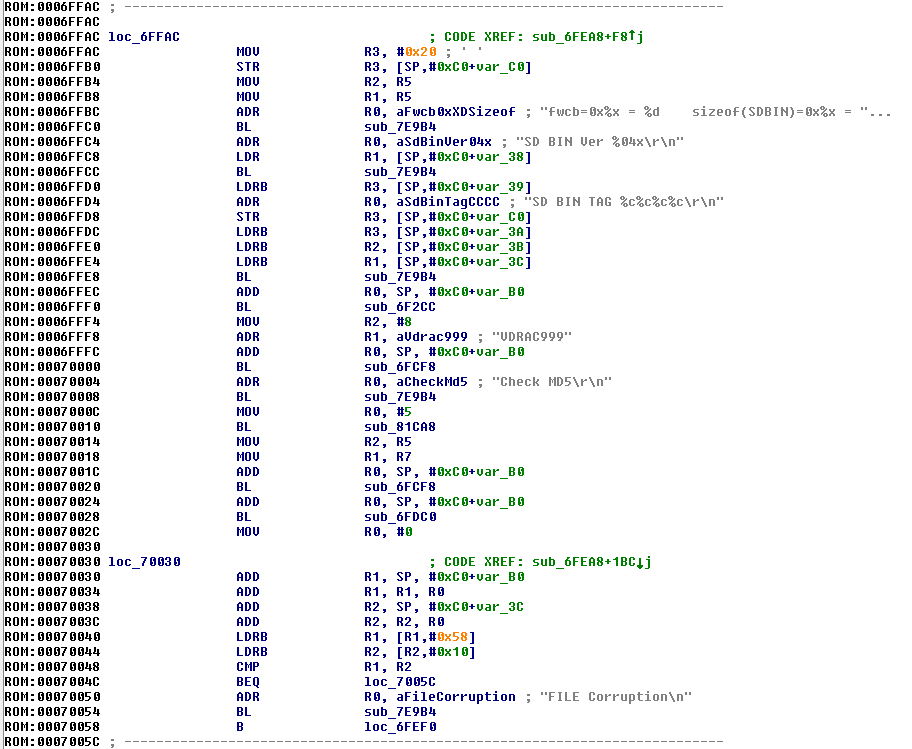conceptionist
New Member
- Joined
- Feb 12, 2017
- Messages
- 10
- Reaction score
- 1
- Country
- United States
I searched all over the web and found no entry on this topic, I recently purchased KDLINKS R100 rear-view mirror dash-cam from amazon claiming to be 1296p, it's video quality however is slightly subpar to my Galaxy S5 1080 resolution when compared side by side. I was wondering if there is any way to increase bitrate or other quality values on the firmware I received from them that supposedly includes few bug fixes. I checked the header on the file and it mentions 'JADO CHINA', did a bit of searching online and found this product page from china that likely belongs to the supplier that sells the same product to second hand dealers. Anyone with knowledge on this topic, please respond.



